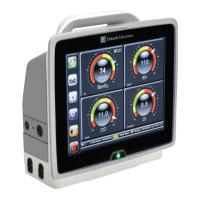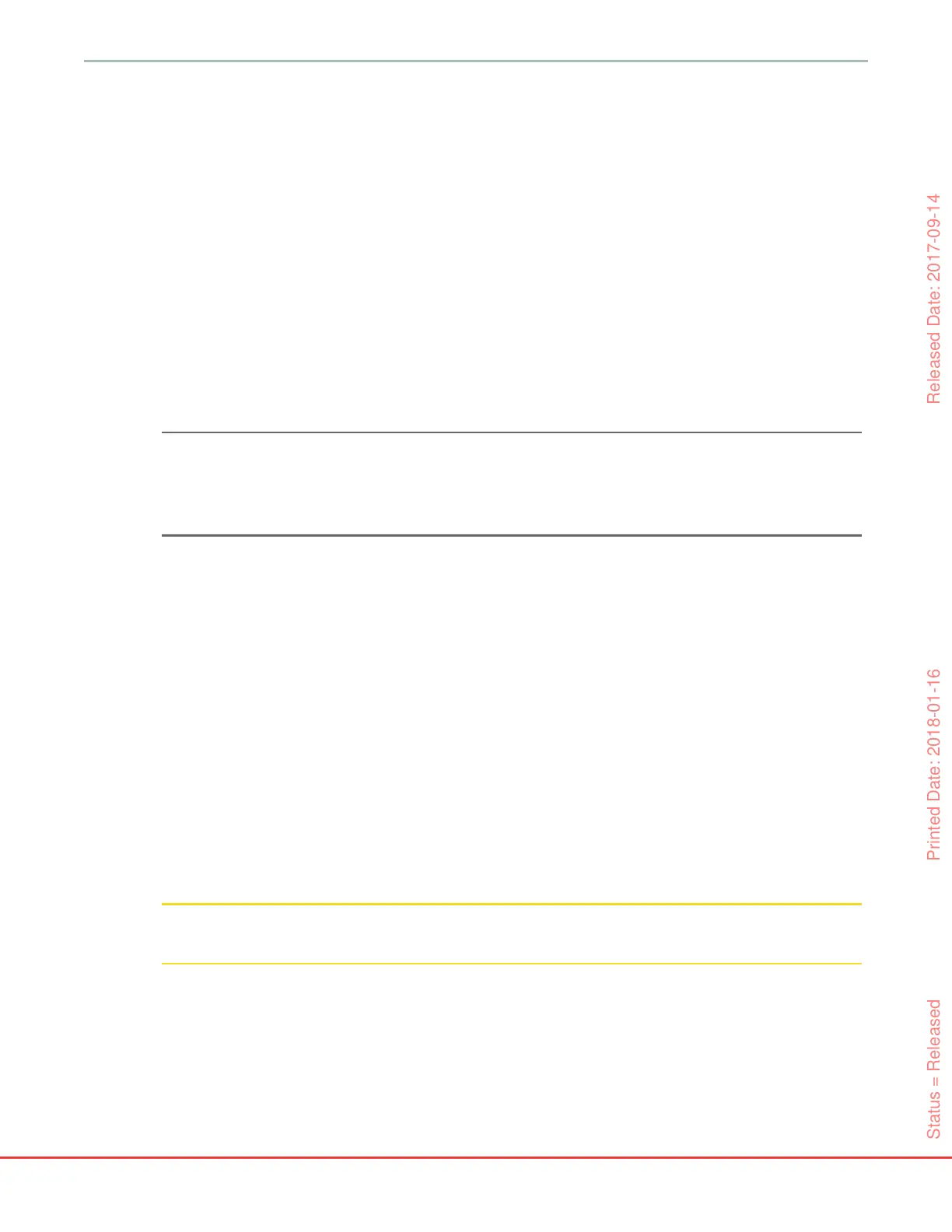227
HemoSphere Advanced Monitor G Guidance and Manufacturer’s Declaration
G.3.2 Wireless Security Measures
The wireless signals are secured using industry standard wireless security protocols (table G-6). Wireless
security standards WEP and WPA have been shown to be vulnerable to intrusions and are not
recommended. Edwards recommends securing wireless data transmission by enabling IEEE 802.11i
(WPA2) security and FIPS mode. Edwards also recommends implementing network security measures like
virtual LANs with firewalls to further secure HemoSphere advanced monitoring platform data in transit to
the HIS.
G.3.3 Troubleshooting Wireless Coexistence Issues
The instrument has been tested and complies with the limits of IEC 60601-1-2. If you experience
communication issues with HemoSphere advanced monitor wireless technology, ensure a minimum distance
between portable and mobile RF communications equipment (transmitters) and the HemoSphere advanced
monitor are maintained. Refer to table G-3 for additional details on separation distances.
G.3.4 Federal Communication Commission (FCC) Interference Statements
IMPORTANT NOTE To comply with FCC RF exposure compliance requirements, the antenna
used for this transmitter must be installed to provide a separation distance
of at least 20 cm from all persons and must not be co-located or operating
in conjunction with any other antenna or transmitter.
Federal Communication Commission Interference Statement
This equipment has been tested and found to comply with the limits for a Class B digital device, pursuant to
Part 15 of the FCC Rules. These limits are designed to provide reasonable protection against harmful
interference in a residential installation. This equipment generates, uses, and can radiate radio frequency
energy and, if not installed and used in accordance with the instructions, may cause harmful interference to
radio communications. However, there is no guarantee that interference will not occur in a particular
installation. If this equipment does cause harmful interference to radio or television reception, which can be
determined by turning the equipment off and on, the user is encouraged to try to correct the interference by
one of the following measures:
1 Reorient or relocate the receiving antenna.
2 Increase the separation between the equipment and receiver.
3 Connect the equipment into an outlet on a circuit different from that to which the receiver is
connected.
4 Consult the dealer or an experienced radio/TV technician for help.
FCC CAUTION Any changes or modifications not expressly approved by the party responsible for
compliance could void the user's authority to operate this equipment.
This device complies with Part 15 of the FCC Rules. Operation is subject to the following two conditions:
(1) This device may not cause harmful interference, and (2) this device must accept any interference received,
including interference that may cause undesired operation.
This device is restricted to indoor use when operated in the 5.15 to 5.25 GHz frequency range.
Status = Released Printed Date: 2018-01-16 Released Date: 2017-09-14

